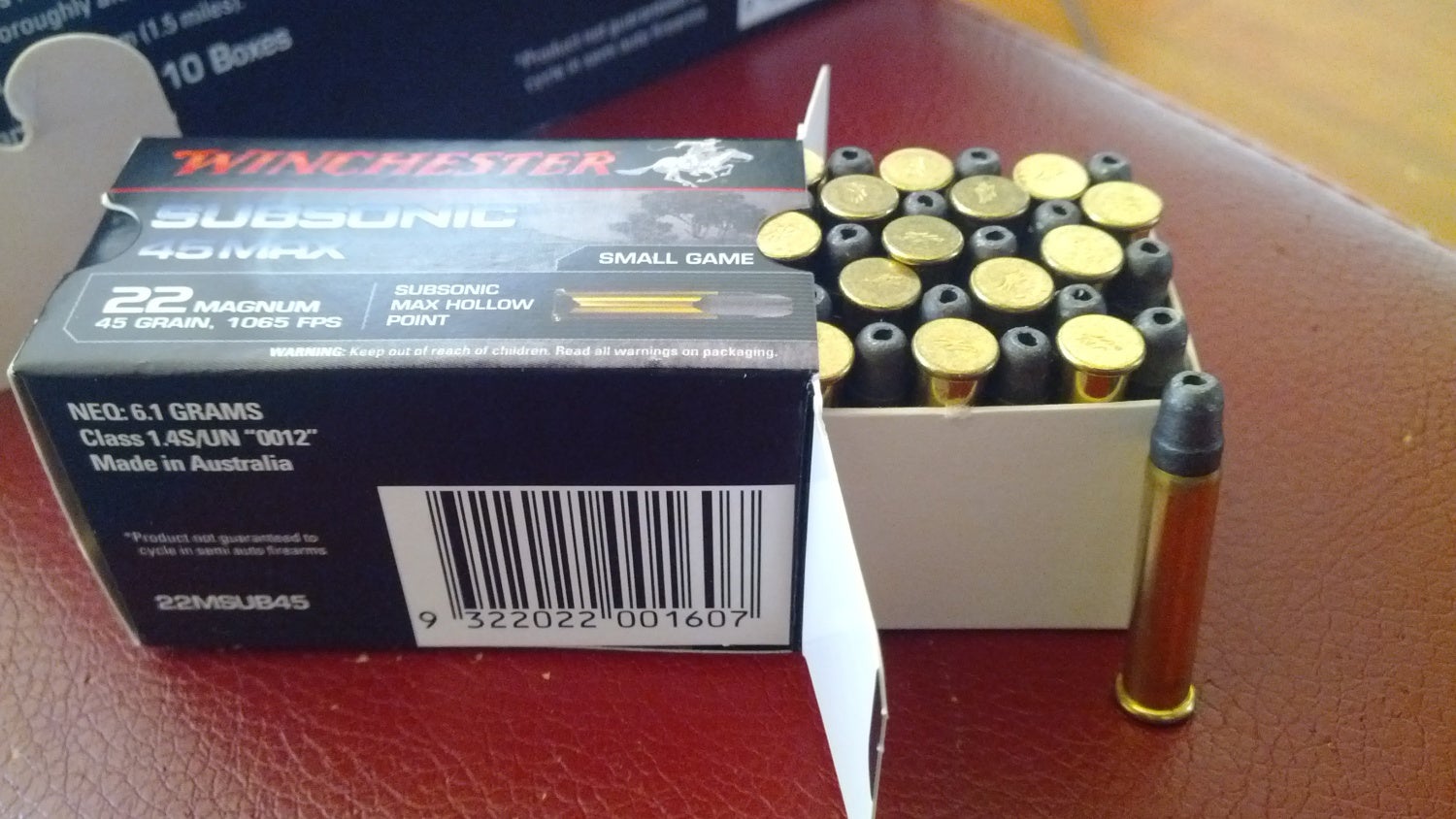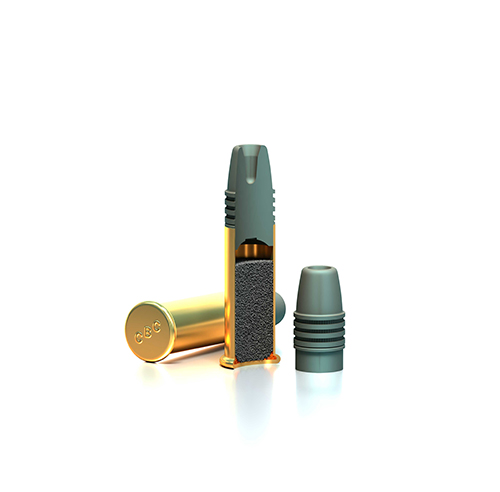

the specialty type as mentioned above has it's drawbacks when launched at longer distances, but within 75 yards and depending on if your rifle likes them, work pretty good when trying to be discrete. of course the slower stuff will drop more than HV, but generally be more consistant / accurate at any distance. Over the travel of the bullet, you'll have more stability from muzzle to target as there's no transonic stuff going on over any of the trip there. the trueist of labeling is the aguila with super subsonic designation, which in my opinion is like a generic term that describes CCI quiet, rem cbee, CCI cb both in FPS and sound, getting below 700 fps 10 ft from the muzzle. The truely really slow / quiet stuff should have a specialty type branding on it including the CCI quiet, rem cbee, CCI cb, and the like that have a majorly reduced powder charge, or even no powder at all and relies on the priming agent to propel the bullet. The closest thing i've found that matches up with the print on the box is. IMO a fine example of subsonic gimmic on the box is remington subsonics, through a chrony i've recorded the same FPS 10 feet from muzzle as wolf extra & match, yadda yadda. so anything under that 1080 / 1120ish print on the box is really subsonic as it never goes past the speed of sound (depending on extreme environmentals). 300 Blackout is a preferred caliber for suppression in rifles, for the same reasons discussed above.Technically, match / standard velocity type ammo is subsonic as it's below the speed of sound from muzzle to target. With the right bullet and specialized loading, it can successfully be made subsonic. The 9mm is also a good candidate because it generally hovers just above the supersonic barrier in terms of velocity. 45 ACP is ideal for suppression because the projectile is already slow moving and generally maintains subsonic speeds.
.22 subsonic vs supersonic crack#
Conversely, using subsonic ammo in an unsuppressed gun will still result in the loud sounds of the pressurized gas, but not the supersonic crack of the bullet.īy design, some calibers are better suited to be suppressed than others. A suppressor with supersonic ammunition will suppress the gun blast, but not the super sonic crack of the bullet. That being said, if you’re shooting a suppressed firearm, you won’t get optimal performance unless you use subsonic ammunition. The second source of the loud sound is when the bullet breaks the sound barrier, and as discussed earlier, is is eliminated by using a subsonic round. This is addressed by using a suppressor or silencer which, simply put, gives the gasses a larger chamber in which to cool and dissipate before exiting into the atmosphere. The sudden change in temperature and pressure is what creates the ‘gun blast’ we are all familiar with.

The loud sound when firing a gun comes from 2 sources: First is from the pressurized gases created in the chamber and escaping through the barrel. Obviously, subsonic ammunition is ideal for use in a firearm equipped with a suppressor.

Factory loaded subsonic ammo, like Freedom Munition’s HUSH line, has been formulated with the appropriate bullet weight and load to achieve consistent, subsonic results. However, by using a heavier bullet – such as a 147gr or 165gr – and changing the load, the 9mm round can successfully be made subsonic. 9mm, for example, is generally considered supersonic as most 9mm ammo has a muzzle velocity over 1100 FPS. Subsonic ammunition is loaded specifically for the projectile to maintain a speed that does not break the sound barrier and create a sonic crack. Anything above that risks entering the trans sonic barrier. However, the generally accepted answer for the speed of sound at sea level, is about 1100 feet per second. The speed of sound is a variable thing that is affected by temperature, humidity, and barometric pressure. Supersonic means the projectile breaks the sound barrier, which produces a mini sonic boom, or a sonic crack. In very simple terms, subsonic means the bullet is moving slower than the speed of sound.

Supersonic – what’s the difference? Which is better? Which should I use? Common questions with fairly simple answers that we will cover in this article.


 0 kommentar(er)
0 kommentar(er)
